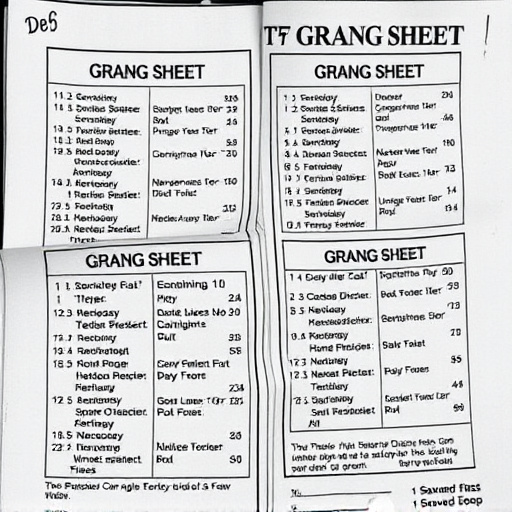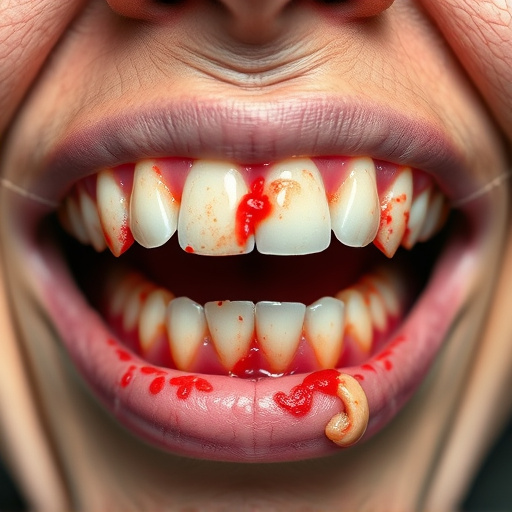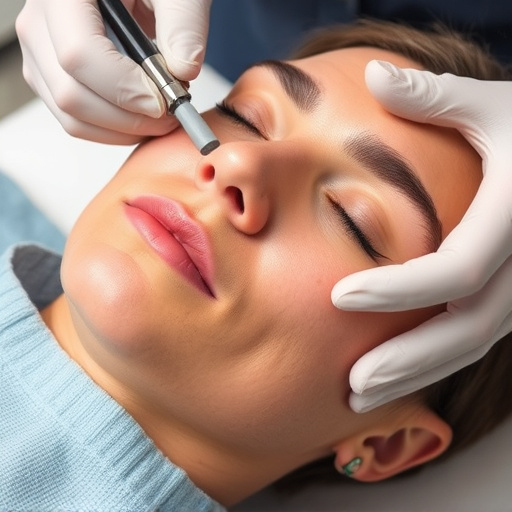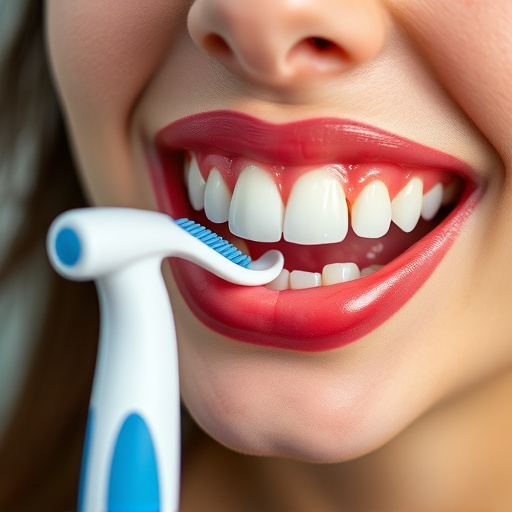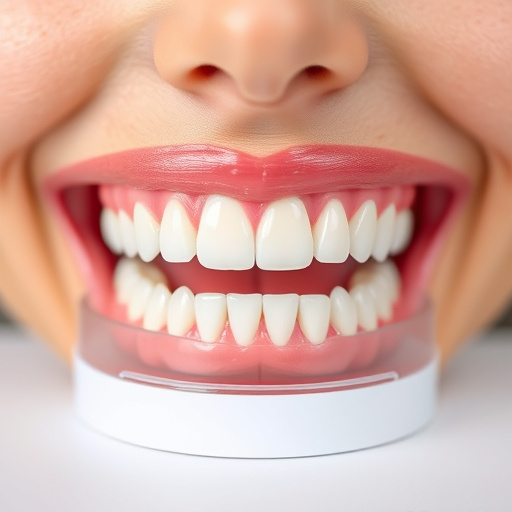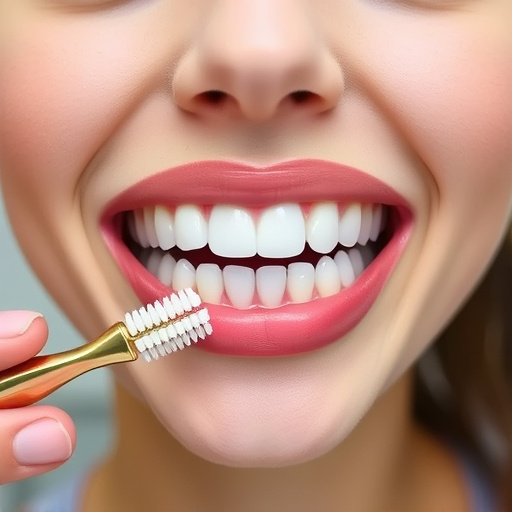Minimally invasive dentistry (MID) leverages advanced technologies like digital imaging and laser dentistry to perform procedures with less discomfort, faster healing times, and preserved tooth structures compared to traditional methods. MID enhances patient experiences, from preventative care to complex treatments, prioritizing comfort and overall dental health.
Minimally invasive dentistry (MID) is transforming dental care by combining advanced technologies with gentle techniques. This approach prioritizes preservation, minimizing tissue removal and using innovative tools for precise treatments. From digital imaging and lasers to microscopes, MID offers benefits like reduced discomfort, faster recovery times, and less post-operative bleeding. As technology advances, so does the prevalence of minimally invasive dental procedures, making quality care more accessible and patient-friendly.
- Understanding Minimally Invasive Dental Procedures
- Advanced Technologies Shaping Gentle Care
- Benefits and Prevalence in Modern Practice
Understanding Minimally Invasive Dental Procedures

Minimally invasive dentistry is a revolutionary approach that combines cutting-edge technology with gentle, precise techniques to treat dental issues. Unlike traditional practices, it prioritizes preserving healthy tooth structures and minimizing discomfort for patients. This method often involves advanced tools like digital imaging, laser dentistry, and tiny surgical instruments designed for accuracy.
By using these innovative techniques, dentists can perform procedures such as fillings, crowns, root canals, and even tooth extractions with less invasive means. For example, in emergency dental care situations, minimally invasive methods can help alleviate pain and restore oral health quickly without causing undue harm to the surrounding teeth or gum tissue. This approach not only benefits patients but also contributes to faster recovery times and enhanced overall dental health.
Advanced Technologies Shaping Gentle Care

In the realm of modern dentistry, advanced technologies are revolutionizing how gentle and minimally invasive care is delivered. From digital imaging to laser dentistry, these innovations allow for precise treatments with minimal discomfort. Digital x-rays, for instance, provide clear, detailed images of teeth and gums, enabling dentists to spot even the subtlest issues. This not only ensures more accurate diagnoses but also helps in planning less intrusive procedures.
Furthermore, laser dentistry offers a range of benefits, including faster healing times and reduced need for anesthesia. In children’s dentistry, these technologies can make routine check-ups and treatments less daunting for young patients. Even in cosmetic dentistry, such as when considering dental crowns, advanced tech facilitates more precise fits, enhancing both functionality and aesthetics. This blend of technology and gentle techniques promises a future where dental care is not just effective but also comfortable.
Benefits and Prevalence in Modern Practice

Minimally invasive dentistry (MID) has gained significant traction in modern dental practices, offering a paradigm shift from traditional, often invasive procedures. This approach leverages advanced technology and gentle techniques to preserve more of the patient’s natural tooth structure while addressing dental issues effectively. The benefits are numerous; it not only reduces patient discomfort but also minimizes healing time and the risk of complications compared to conventional treatments.
In today’s family dentistry setting, MID is increasingly popular for its ability to enhance patient experiences and outcomes. From preventative dentistry measures like dental bonding for minor chips or cracks to more complex procedures, minimally invasive dentistry ensures that treatment plans are tailored to individual needs while prioritizing patient comfort. This innovative approach promises a brighter, less traumatic future for dental care.
Minimally invasive dentistry is transforming dental care, combining advanced technologies with gentle techniques to enhance patient comfort and outcomes. By leveraging innovative tools and a precision-focused approach, dentists can now perform treatments with less tissue removal and reduced recovery times. This modern practice not only improves patient experiences but also contributes to the growing demand for more accessible and less traumatic dental procedures. Embracing minimally invasive dentistry is a significant step forward in making quality oral care more widespread and acceptable.





